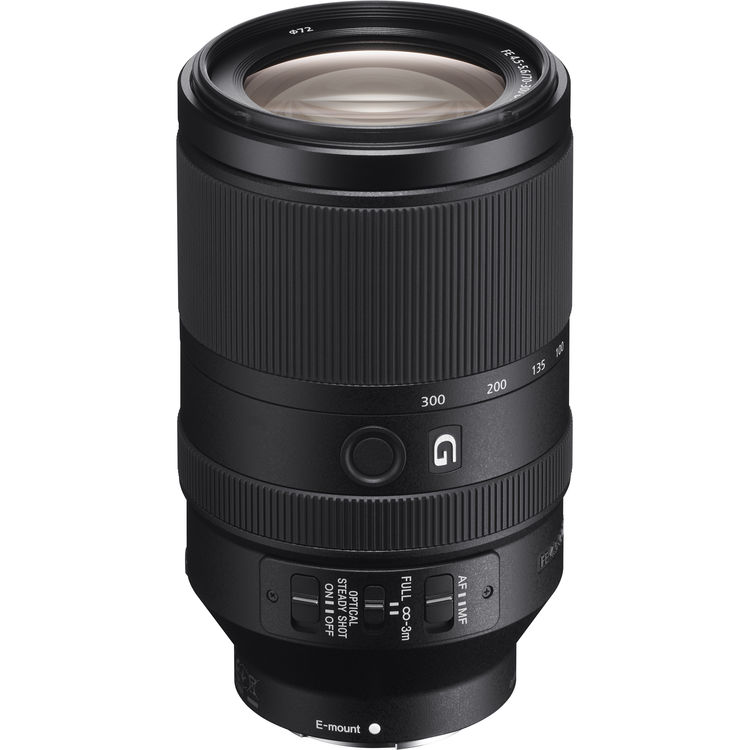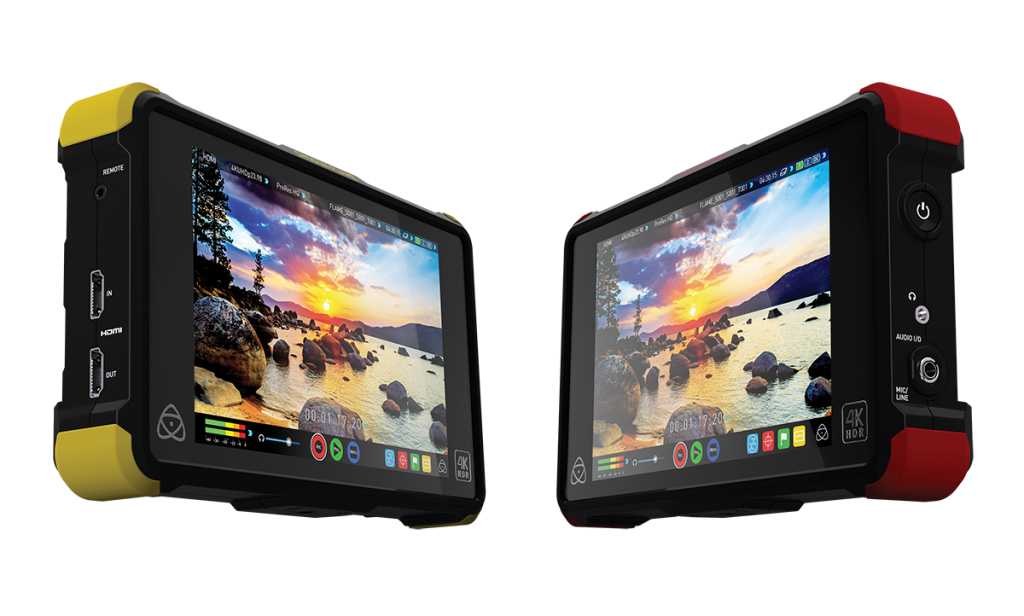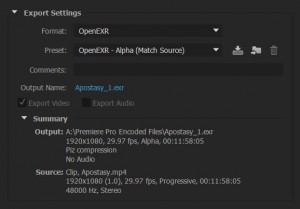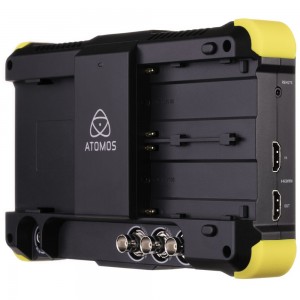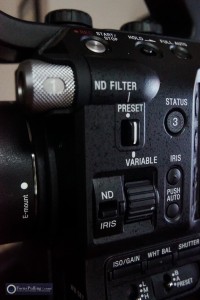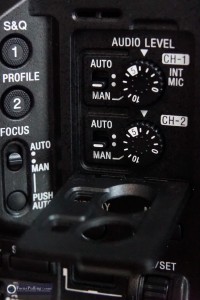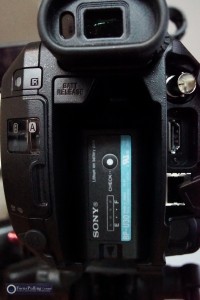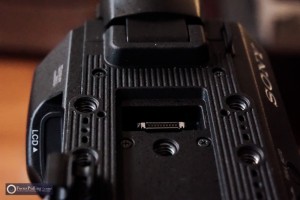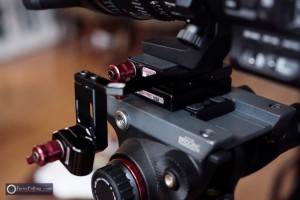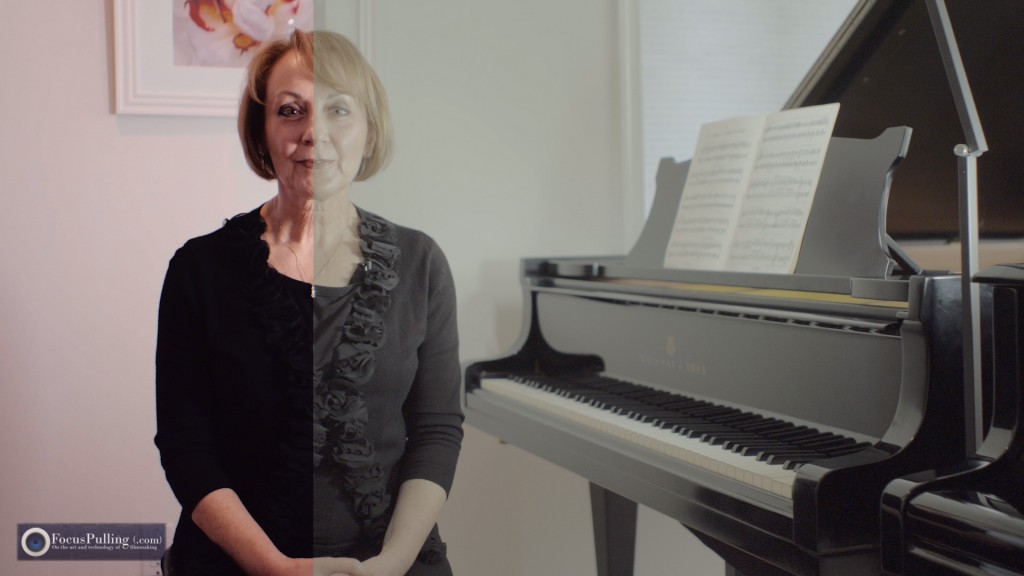Sony have just announced two new additions to their full-frame E-mount lens line-up. One of them is a surprisingly affordable alternative to their 55mm f/1.8 Zeiss prime lens, and the other is a very long telephoto zoom lens that serves to “compensate” for the shorter focal reach implicit in full-frame sensors, to those of us coming over from crop sensors.
Sony FE 50mm f/1.8
The latest in Sony’s ongoing tease, between their pricey “pro” lenses that deploy minor product differentiation for dramatic price inflation (example: their FE 85mm f/1.4 GM lens costs almost $2k!), versus amazingly affordable gear to democratize professional-quality filmmaking (example: their new a6300 APS-C camera), Sony has really hit it out of the park with this $248 prime lens. To anyone with a full-frame E-mount camera in the a7 series, this is a fantastically affordable alternative to the $1k Sonnar T* FE 55mm f/1.8 ZA lens. Granted, that Zeiss is extraordinarily tack-sharp, with better coatings, better bokeh (nine-blade aperture versus seven) and more glass elements/groups (7/5 versus 6/5). I wrote here about how it carried the weight of almost an entire documentary film project. But, short of being able to do a side-by-side comparison yet, we’re talking about video here, not still photography, and the thought of being able to buy four of these for the price of that one Zeiss means there had better be a clear difference! (Don’t forget, 4K video can only resolve the equivalent of about 8-9 megapixels.)
What it does have in common with the Zeiss, though, is that it skimps on optical image stabilization (what Sony calls SteadyShot). The feature has long been debated, mostly among still photographers who perpetuate the fallacy that it can damage image quality, and can substantially raise the cost of lens manufacture. Less known is the fact that even on a Sony body with internal 5-axis image stabilization, performance is appreciably better when you pair an OSS lens with IBIS. And for anyone without IBIS, the lack of OSS at this focal length is a recipe for amateurish jitter. Sony has offered OSS on similarly affordable E-mount lenses before in this small form factor (notably, their 50mm and 35mm primes for crop sensors). It’s an unfortunate trend, motivated by corporate accountants, and we can expect to see an elimination of OSS on mirrorless lenses justified by an increased deployment of IBIS into camera bodies.
Sony FE 70-300mm f/4.5-5.6 G OSS
Though not quite in the same budget territory as the new prime lens, this long zoom at $1,198 offers lots of value to full-frame shooters. Reason is, if we were used to zooms on crop sensors (for example, the flagship 18-200mm zoom lens), going to a full-frame sensor meant that 200mm became not-so-telephoto after all. Absent a crop factor of 1.8x for widescreen video, 300mm gets us into the range of that visible focal length we had enjoyed at 200mm in the Super 35mm world. Granted, this isn’t parfocal, and lacks the continuous bright aperture of the wonderful 28-135mm f/4.0 cine lens, but f/5.6 zoomed all the way in is respectable — remember, the 18-200mm stopped down to a darker and farther f/6.3 at its maximum focal length. I also like the manual controls on this lens barrel, to switch between manual and auto-focus, and yes: Optical SteadyShot is included! Good for you, Sony.
Both of these exciting new lenses are available for purchase on Thursday, March 31 at 11am EST. I’ll let you know how they perform as soon as I get my paws on them, but sight-unseen, these look to be winners.

